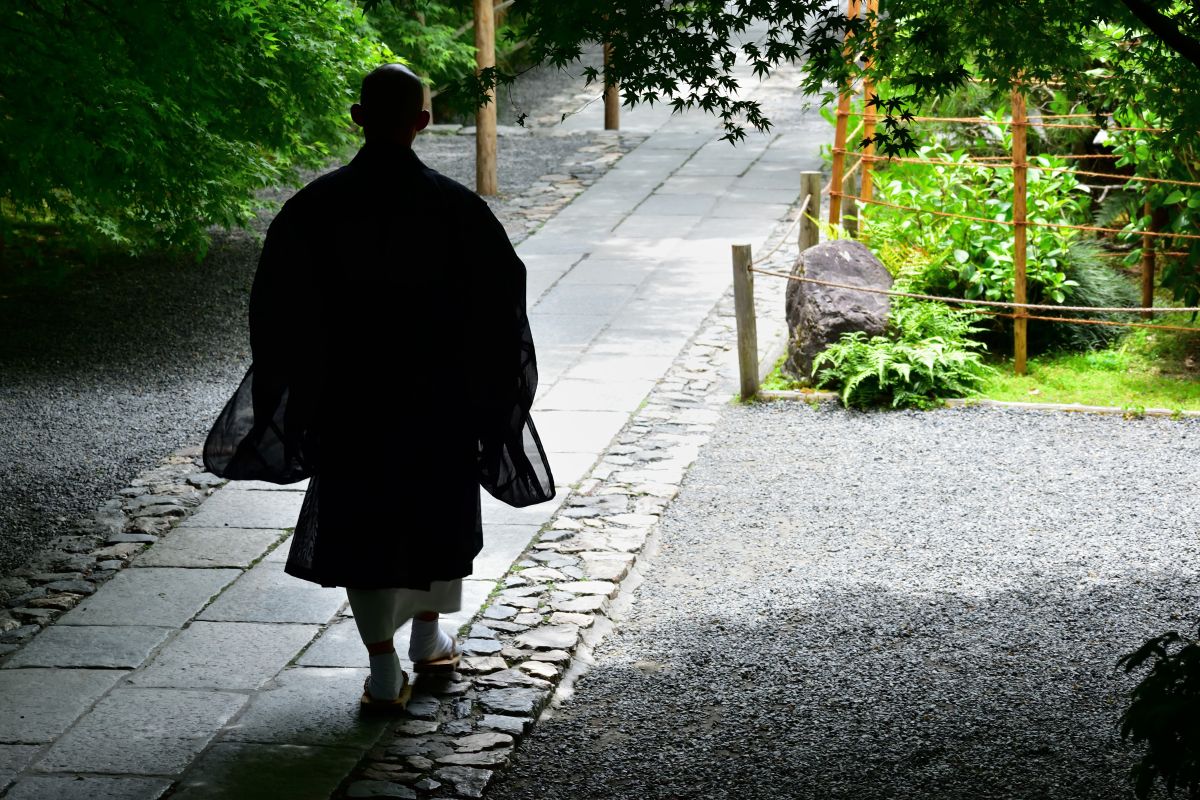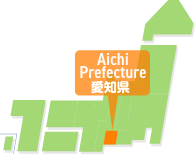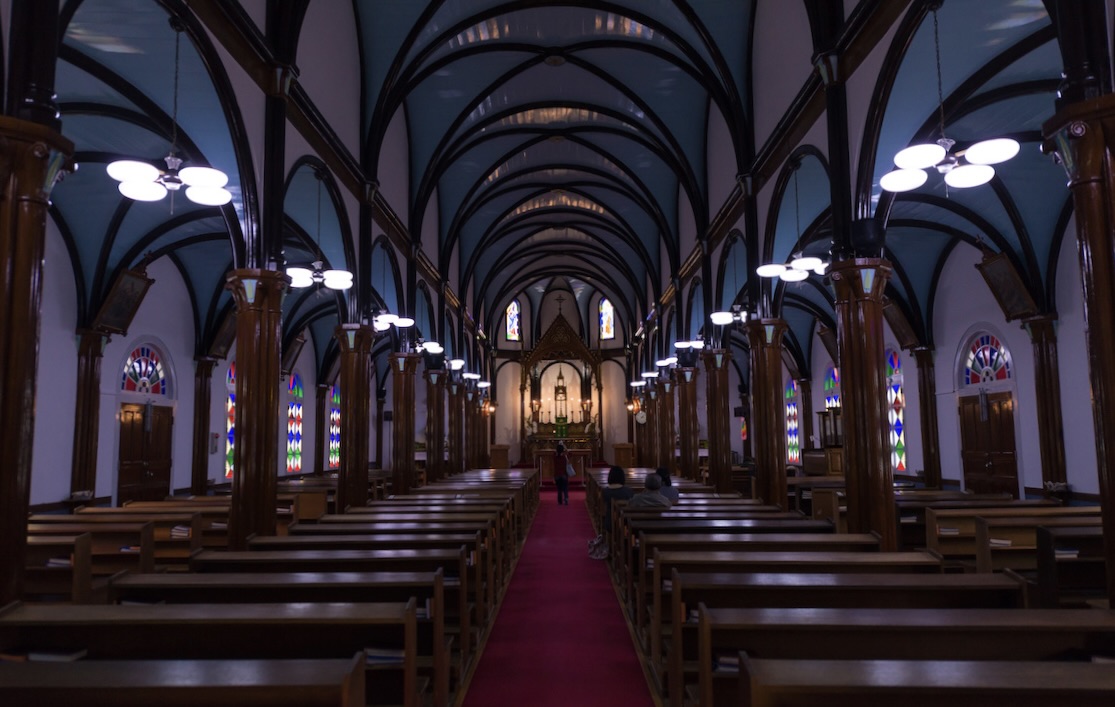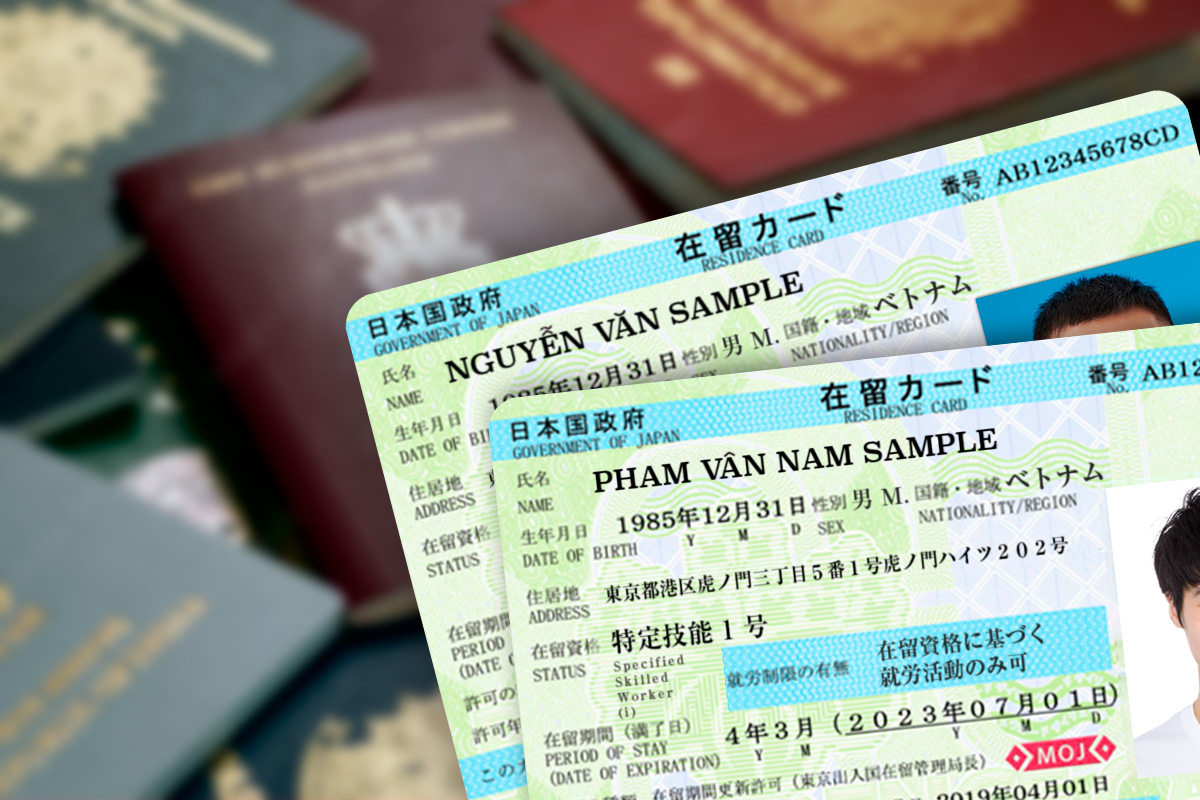What are the characteristics of Japanese Buddhism? Learn about its history and how it differs from Buddhism around the world.

Hello, I'm Kano from JAC (Japan Association for Construction Human Resources).
In Japan, there are many people who believe in Buddhism.
Buddhism is practiced by many people not only in Japan but also in various countries.
However, Buddhism in Japan differs from Buddhism in the rest of the world.
If you are worried that it is different from the Buddhism you believe in, please rest assured.
In Japan, there is freedom of religion, and various ways of thinking coexist.
In this article, we will explain the characteristics and history of Buddhism in Japan in an easy-to-understand manner.
What is Buddhism?
Buddhism is a religion founded by Buddha (Siddhartha Gautama).
Buddhism began in northeastern India around the 6th century BC.
It is said to have been introduced to Japan from the Korean Peninsula in 552.
*There are various theories.
Currently, Buddhism is practiced not only in Japan, but also in other Asian countries such as Thailand, Vietnam, and Myanmar.
According to a 2018 survey*, 36% of people in Japan answered that they believe in religion.
The percentage of people who believe in certain religions is as follows: Buddhism: 31%, Shinto: 3%, Christianity: 1%, and other: 1%.
※ NHK "How have Japanese religious attitudes and behaviors changed?"
Please read this article to find out more about the religions practiced in Japan.
What religions are practiced in Japan? Japanese people's religious beliefs and customs
There are not many people who actually live their daily lives with Buddhist teachings in mind.
However, many customs incorporate Buddhist ideas.
For example, there are conventions such as:
- On December 31st, people go to temples to ring the "Joya no Kane" bell to exorcise worldly desires (such as distracting desires).
- Conducting a funeral in the Buddhist style
- Participate in lantern-floating and Bon Odori festivals during Obon (an event to welcome and hold memorial services for the spirits of ancestors who have temporarily returned)
- Receive a "YAKUYOKE" prayer at the temple to ward off misfortune and disasters
Even if Japanese people are not aware of Buddhism, it is deeply involved in the lives of Japanese people.
Japanese Buddhist sects
There are many Buddhist sects in Japan.
A sect is a group within Buddhism that has different ways of thinking and rituals.
Well-known sects include Jodo, Shingon, Tendai, Nichiren, and Zen.
Although there are differences between them, they all share the same principle of following the teachings of Buddha.
Even among Japanese people, few people understand the differences between sects.
Therefore, it is okay if you do not know much about the sect.
What are the characteristics of Japanese Buddhism?

Japanese Buddhism has characteristics that set it apart from Buddhism in other countries.
This is called "Shinbutsu Shugo (Shinto-Buddhist syncretism)."
It is said that Shinbutsu Shugo (syncretism of Shinto and Buddhism) was born from the combination of Shintoism*, an ancient Japanese philosophy of valuing nature, and Buddhism.
*A religion that believes that God resides in everything around us.
In ancient Japan, the gods of Shinto and the Buddhas of Buddhism were not considered separate, but were considered to be the same thing.
For this reason, it was believed that not only humans, but also animals, plants, mountains, and rivers have a Buddha-like heart.
Simply put, in Japan, there is no distinction between "gods" and "Buddhas," but they are both cherished.
This state of Shinto and Buddhism combining and coexisting is known as Shinbutsu Shugo.
Examples of Shinto-Buddhist syncretism include the following:
- There is a shrine building inside the temple.
- There is a temple building inside the shrine
- Worshiping Buddha at a Shrine
- believe in both Buddhism and Shinto
- There is a Buddhist altar and a Shinto altar in the house.
Buddhism originated in India and spread to Japan via China and other countries.
After it was introduced to Japan, Buddhism became integrated over a long period of time with Japan's unique culture and way of thinking, and eventually acquired its own unique characteristics.
Introducing the history of Buddhism in Japan
We will introduce how Buddhism developed in Japan.
The beginning of Buddhism in Japan
According to the "Nihon Shoki," Buddhism was introduced to Japan in 552, but modern historiography suggests that it was introduced in 538.
When Buddhism was introduced to Japan, opinion was divided as to whether or not to believe in Buddhism.
However, after a long period of conflict, Prince Shotoku, a politician at the time, encouraged people to value Buddhism.
This was the beginning of the spread of Buddhism in Japan.
The development of Buddhism
Between the 8th and late 12th centuries, famous Japanese monks named Saicho and Kukai studied the new Buddhism in China and brought it back to Japan.
It was around this time that Japanese Buddhism began to develop independently.
The spread of Buddhism
From around the end of the 12th century, the teaching that "even ordinary people can be saved without undergoing rigorous training" emerged.
Until then, Buddhism had mainly been believed by the aristocracy, but this teaching helped spread Buddhism to the general public.
Buddhism and State Control
In the mid-17th century, it became customary for everyone in Japan to belong to a temple.
This is called the "terake system."
However, in 1868 the Shinto-Buddhist separation order was issued, and a policy was implemented to make Shinto the center of the nation.
This resulted in temples being destroyed and Buddhist statues and sutras burned.
However, the importance of Buddhism was later recognized again and things slowly started to return to normal.
During times of war, Buddhist ideas were sometimes adopted to glorify service to one's country.
However, after the war, people began to regret their cooperation with the war and changed their way of thinking to value peace and human life.
In today's Japan, it has become a religion practiced by many people.
Japanese Buddhism has survived to the present day, changing in various forms over the ages.
Summary: Japanese Buddhism is characterized by Shinbutsu Shugo! A unique Japanese way of thinking
Buddhism is a religion founded by Buddha.
There are many Japanese people who are not aware of these customs in their daily lives, but they are connected to Buddhism.
In Japanese Buddhism, there is a concept called "Shinbutsu Shugo" (syncretism of Shinto and Buddhism), which considers gods and Buddhist Buddhas to be the same thing.
This is based on the idea that the mind of Buddha resides not only in human beings, but also in various things in nature.
In Japan, Buddhism has developed over time.
In today's Japan, freedom of religion is guaranteed and people are free to practice their religion.
When you come to Japan, I would be delighted if you would respect your own religion while also learning about Japanese Buddhist culture.
About us, JAC
JAC(Japan Association for Construction Human Resources)is an organization that supports all Specified Skilled Workers working in the Japan construction industry. We work with companies that accept Specified Skilled Workers to create a work environment that is easy for everyone to work in.
We're also taking the exams you need to become a Specified Skilled Workers!
And JAC has received many requests for job offers from companies that want Specified Skilled Workers to work for.
Specified Skilled Workers Wanted! Job Listings
For those of you who want to work in Japan using Specified Skills, we are introducing jobs that match your occupation and aspirations!
If you have any problems, please feel free to contact us!





